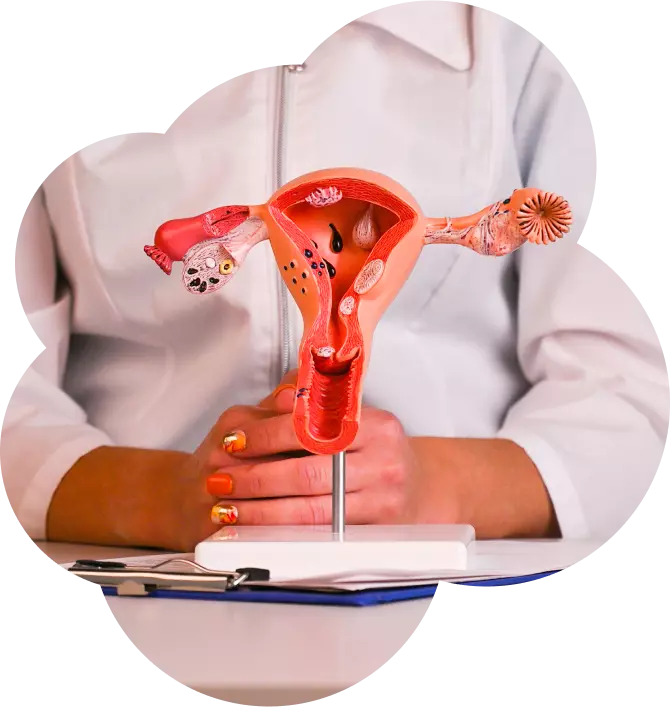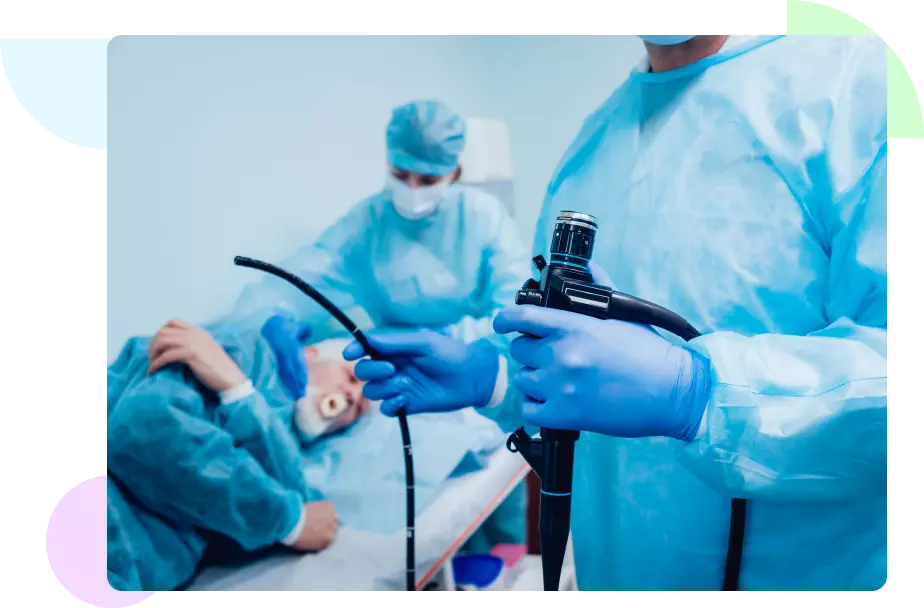
Through tiny incisions, surgeons can conduct treatments inside the belly using a tiny camera and small instruments during a laparoscopy. Compared to conventional open procedures, it's like having a "keyhole" surgery with less discomfort, a faster recovery, and fewer problems.
A minimally invasive surgical technique called laparoscopy is used to identify and treat some disorders affecting the abdomen and pelvis.
Laparoscopy not only facilitates diagnosis but also therapeutic treatments such cyst or fibroids removal, endometriosis lesion therapy, and surgical operations like ovarian drilling or tubal ligation.
There are different kinds of laparoscopy. Depending on your circumstances, your doctor will explain the type of hysterectomy you need, including options for laparoscopy in Bangalore.
This surgery is mostly used to look at and identify pelvic and abdominal problems. To visually evaluate the organs and tissues for anomalies such as endometriosis, adhesions, or ovarian cysts, a tiny incision is made and a laparoscope is inserted.
This technique includes diagnostic laparoscopy as well as the use of specialized equipment to execute surgical operations through extra tiny incisions. This may entail tubal ligation, endometriosis treatment, or the removal of ovarian cysts.
This type of laparoscopy focuses specifically on disorders that impact the female reproductive system. It is used to identify and treat illnesses such as fibroids, ectopic pregnancies, and difficulties associated to infertility, such as blocked fallopian tubes.
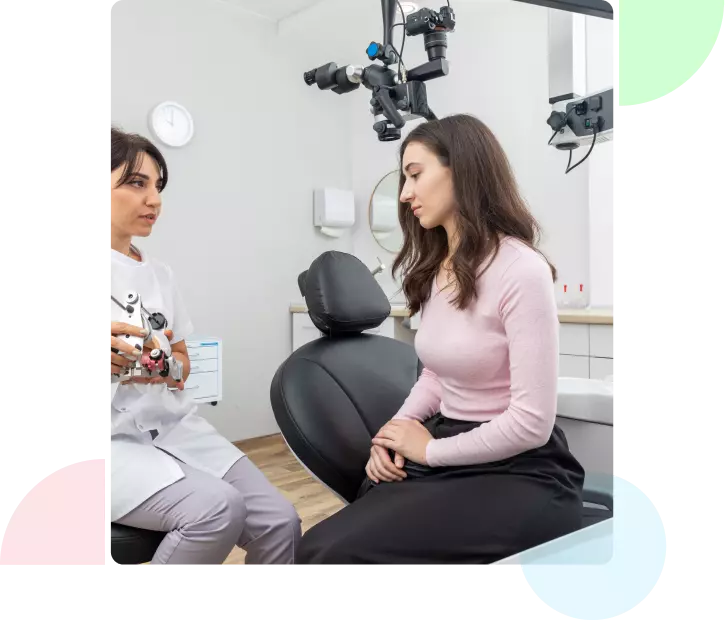
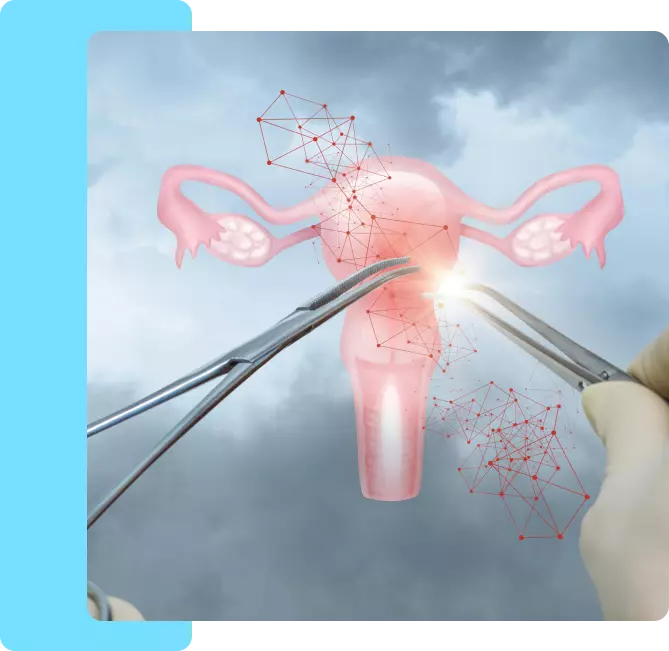
A laparoscope, a thin tube with a camera and light source attached, is inserted through small incisions, usually less than half an inch, in the area of the lower abdomen and belly button. The abdomen is then inflated with carbon dioxide gas to provide room for the organs to be seen clearly.
The surgeon may view detailed examinations of the abdomen and pelvic organs thanks to the camera's real-time picture transmission on a display. Additional tiny incisions may need to be made, depending on the results, to introduce surgical equipment and carry out treatments such as tubal ligations, endometriosis treatment, and cyst removal.
The treatment is finished, the gas is removed, the wounds are closed with surgical tape or stitches, and the patient is watched while recovering before being sent home with instructions for post-operative care.

Laparoscopy is performed for various medical conditions, including:

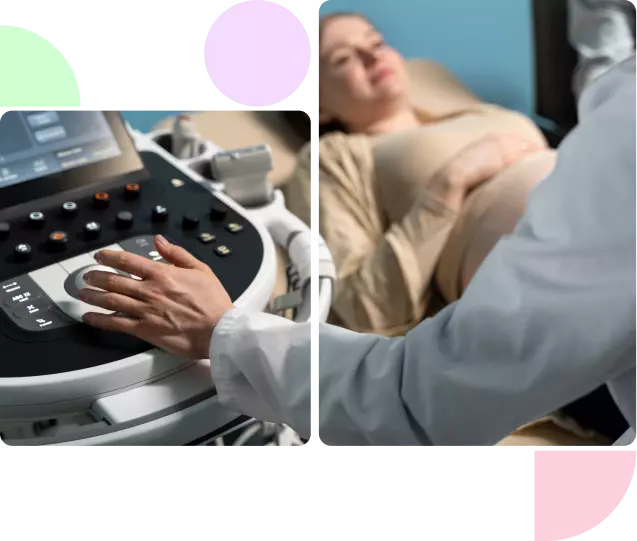
Until they are completely awake from anesthesia, patients are usually closely observed in a recovery area. Medication for pain relief at the locations of incisions and in the belly may be part of pain treatment. Remaining carbon dioxide gas in the gut might cause slight shoulder ache, although this usually goes away in a day or two.
As tolerated, patients are urged to resume modest activity and a regular diet progressively. It's crucial to adhere to the surgeon's wound care recommendations, which may include keeping the areas around the incisions dry and clean.
For those undergoing laparoscopy in Bangalore, follow-up appointments are planned to evaluate the status of recuperation and discuss any results from the surgery.
